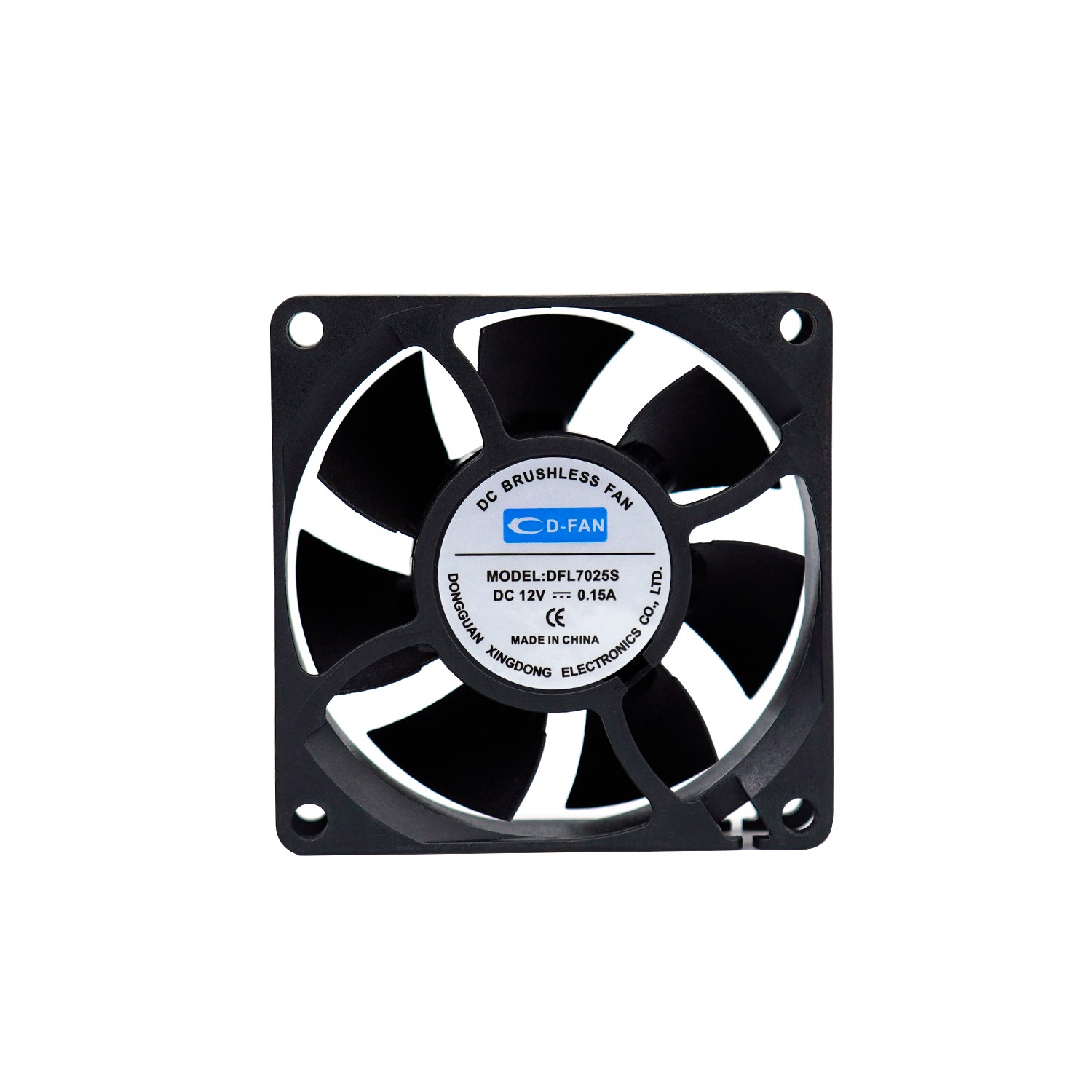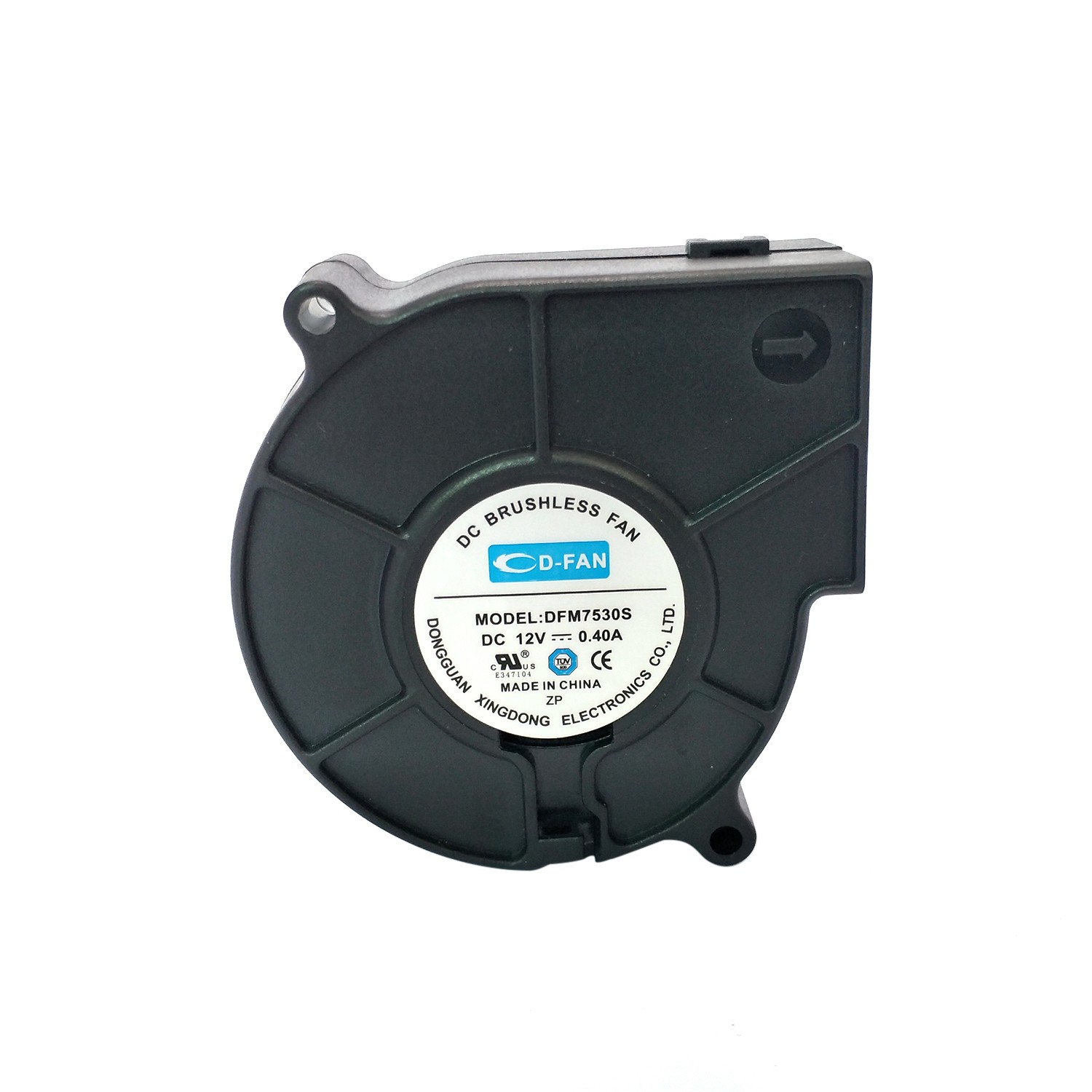When dealing with electronics or other complex machinery, it is important to ensure that the proper cooling measures are taken to avoid any overheating that can lead to malfunction and damage. DC cooling fans are a great way to keep equipment running optimally, as they provide the necessary cooling and air circulation, while taking up minimal space with their compact design. With the wide variety of DC fans available, it is essential to choose the right fan to meet the specific needs of your application. Here are a few key points to keep in mind when selecting a DC cooling fan.
Consider Size & Dimensions
When selecting a DC cooling fan, the first factor to consider is size. Not all fans are the same size, and it is important to find one that will adequately fit within the desired space. Secondly, consider the fan’s dimensions for the depth and height. Fan installation will vary based on the dimensions, so it is important to ensure that the room is adequately sized for your chosen fan.
Choose the Right Voltage
The appropriate voltage of your DC cooling fan is determined by the voltage of your application. The vast majority of DC fans operate in the range of 5 to 48 volts. It is important to ensure that the voltage is the same for both the fan and the application or damage to the equipment may occur.
Select the Suitable CFM
Cubic Feet per Minute (CFM) is a measure of the amount of air moved each minute by the cooling fan. The amount of CFM varies depending on the size and type of the fan and must be matched, as closely as possible, to the requirements of your application. If too little CFM is chosen, the fan will not be able to effectively manage the heat load of the device. On the other hand, if too much CFM is chosen there is a risk of damaging the motor by overloading it.
Look for the Right Connector Type
Another important factor to consider when selecting a DC cooling fan is the connector type. Different types of fan connectors include 3-pin, 4-pin, wire leads, and quick-connects. All of these offer different levels of convenience, from reliable hardness to easy wiring. It is important to ensure that your fan comes with the proper type of connector for your application, as some fan connectors are not compatible with certain types of applications.
Choose the Right Airflow Direction
The direction of airflow is an important factor to consider when selecting a cooling fan as each type of fan has its own unique airflow direction. Generally, axial cooling fans have an airflow that is parallel to the fan’s axis and are typically used for low-pressure applications. On the other hand, centrifugal cooling fans have an airflow that is perpendicular to their axis and are ideal for higher-pressure applications.
Look for Noise Rating
Noise level is an important consideration when selecting a cooling fan, as higher noise levels can have a negative impact on the surrounding environment. Most DC fans will have an “actual” or “rated” fan noise listed in the technical specifications. The fan noise should be compared to the acceptable noise levels of the user.
Check Design Features
There are a number of design features to consider when selecting a DC cooling fan. These features may include:
- ball bearings – Ball bearings will provide a more durable and quieter fan compared to sleeve bearings.
- protection circuits – Special circuits can be included for maximum protection against high temperatures, overvoltage, and reverse polarity.
- impeller design – The most efficient impeller design will allow for maximum airflow with the lowest noise level.
When choosing the right DC cooling fan for your application, it is important to consider these factors and select a fan that meets the needs of your application. Making the right choice could lead to a significant increase in the efficiency and lifespan of your application.






